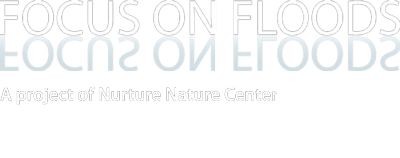This is a personal piece that pinpoints the various stages of risk communication resources through the years. Fischhoff in a sense identifies the historical periods within the field of risk communication. The stages are as follows: “get the numbers right, tell them the numbers, explain what we mean by the numbers, show them that they’ve accepted similar risks in the past, show them that it’s a good deal for them, treat them nicely, and make them partners.”
A useful analogy provided compares communication to an insurance policy; communication is a “fixed cost that can prevent larger damage” (143). But how to communicate something as complicated as risk? Throughout history, researchers have stressed different components of communication with the aim of enhancing the value of risk communication. Fischhoff points out that risk management and communication are bound to come with complications; being conflict-free is impossible in this field. He recommends careful project design as a method for lessening unnecessary complications. This personal essay ends with a thorough discussion on how risk communication can be misconceived as an “easy” field. Yet, studying human behavior and motivation requires careful attention and a strong background in the literature. There needs to be a balance in risk communication between producing various types of communication and evaluating those communication methods. This essay is designed to make researchers aware of past mistakes and continue to take steps forward in risk communication research.
